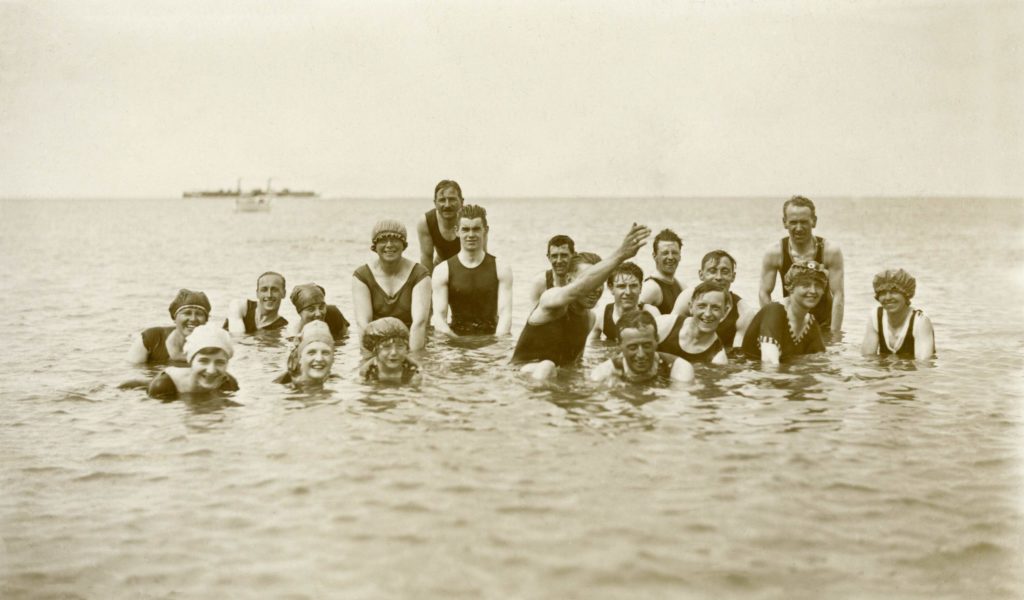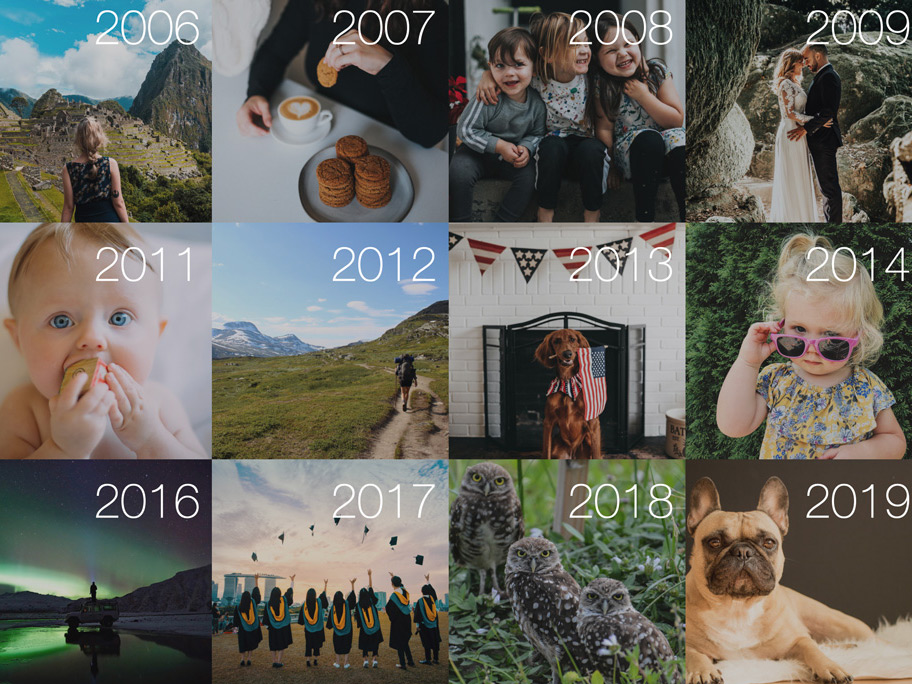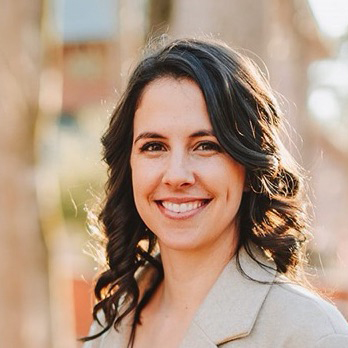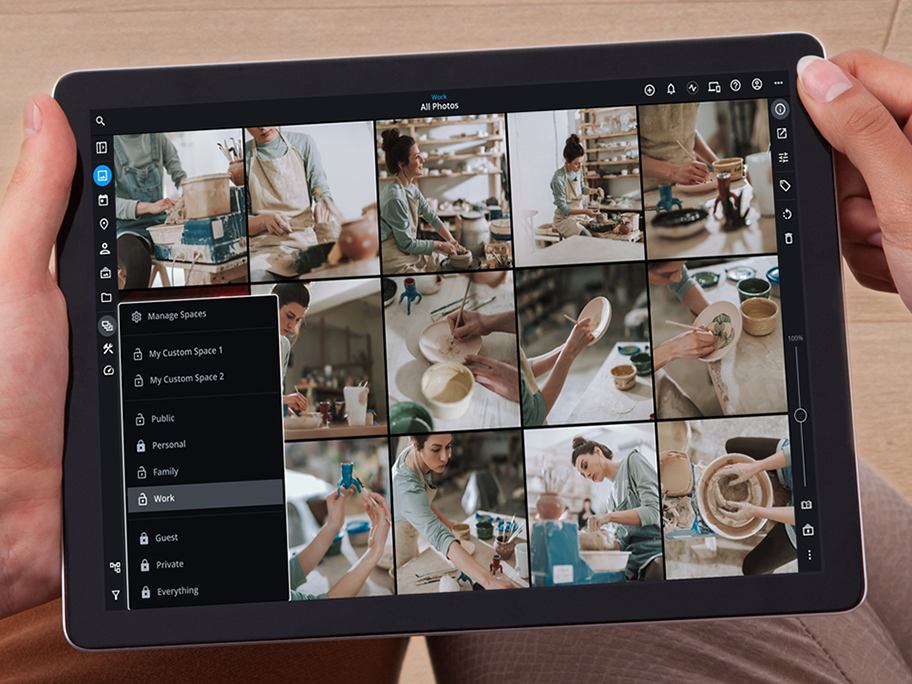How will you be remembered?
It’s a rather dramatic question coming from the creators of a photo app. But our photos represent our experiences, our memories, and ultimately, our personal and family legacy more completely than just about anything else in life.
Every photographer has personal photo-taking habits. How do you take (and store) your pictures? What subjects draw your attention and focus? Where and when do you press your camera or phone-camera button? Do you share your images on social media or keep them private?
But have you considered why you take and save so many photos?
Cathi Nelson, CEO of The Photo Managers, a Hartford, Conn.-based photo-organization services hub, has a theory. “As humans, we are storytellers by nature,” she told Mylio. “We’ve been using photography since cameras were invented as a visual way to tell a story. We are hardwired to create. We want to capture that beautiful sunset now, even though it will probably look just as beautiful tomorrow.”

Simple, free photo technology enables more photo-taking
Technological advancements have made taking photos easy and essentially free, once you have a phone, tablet, or digital camera. Naturally, the number of photos taken worldwide is surging. Indeed, 1.5 trillion were expected to be taken in 2022.
With immediate gratification of our desire to capture all sorts of images comes a touch of carelessness. Often, our most memorable photos get lost in the mix with screenshots, pictures of receipts and confirmations, and similar shots of the same moment, trip, or event. We often skip editing or reviewing photos after taking them.
“When you only had 24 exposures on a roll of film, which is how I grew up, you would not take every sunset photo because it cost about $7 to develop one roll of film,” said Nelson.
Beyond digital image clutter
When photos required more investment of time, effort, and money, they were curated views into noteworthy moments in our lives. Today, many people are drowning in digital photos that remain on our devices, in the cloud, or on social media platforms forever.
Do you have the desire to preserve your photo legacy? The first step is to consider your goals. Are you wanting to share? Print and hang on your wall? Or just to have your family history organized and accessible so you and your family can enjoy it over and over again? Setting goals will keep you on track.

Organize all your image files in one place
Most families have a cabinet, closet, or basement boxes filled with photo albums, old prints in the original drug-store envelopes, slides in carousels or binder sleeves, SD cards, and CDs or outdated video tapes spanning decades. Here are simple strategies for organizing photo prints and slides.

Taking on the project of organizing your family’s precious memories and history may sound like a lot. But Mylio Photos helps simplify the process. And you — and your extended family — will be grateful later.
Here’s how to separate ho-hum photos from the those that hold lasting meaning.
Step 1. Consolidate photos, videos, and documents from all sources.
With Mylio Photos, you can quickly import batches of images that are scattered across any number of devices, or ones that have been scanned and digitized. If you have existing folder organization, Mylio Photos preserves that on import. Or, you can create folders as you import.
All your image files can also always be seen in the chronological Calendar view, which makes it easy to pinpoint important memories. Get 7 pro tips to organize your photos from our in-house expert.

Step 2. Start with the most meaningful events.
Photos and videos from your childhood, vacations, weddings, graduations, travels, family gatherings, and milestones or achievements tend to be the ones that mean the most. Starting with these will help you make tangible progress quickly.

Step 3. Identify important photos so they’re easy to find and view.
You may think you should save all 500 photos from your grandfather’s 75th birthday. But if you can select a few dozen standouts, their value will grow simply because you’re more likely to see them more often. You can also create an Album that you can easily export. Voila! You have a slideshow.
Step 4. Deprioritize mediocre photos so they don’t clog your library.
You can choose to delete photos that don’t seem worth saving. Or, because photo and video storage with Mylio Photos is limited only by the capacity of your storage devices — your computer, external drive(s), and/or cloud service — you can assign low ratings (one or two stars) to poor-quality photos. That way, you can use filters so you won’t see them, but they’ll be accessible should you ever need them.
Step 5. Explore easy ways to sort multiple photos at once.
By pressing the shift key as you select multiple photos in Mylio Photos, you can do a lot of organizing quickly. Try out these ways to sort your photos for easier viewing:

- Use face recognition to batch-tag faces (Read more on this.)
- Create categories
- Make albums
- Use ratings
- Change or add locations
- Change or add dates
- Add keywords
Taking charge of your photo legacy is gratifying
In the end, you’re the only person capable of preserving your photo legacy for the future. As Nelson asks her clients, “What would you like to leave behind?” Her advice: ”Make a plan.”
Make your plan: Create an account and download Mylio Photos now to try it for yourself. A key part of our mission is to help you build a visual legacy that your children’s children will want to see one day to understand who you are, where you’ve been, and what you did.

Nina Pantic is a New York City-based journalist with nearly a decade of experience covering sports and news. She has a keen interest in videography and photography having produced videos and curated photos for both work and fun.


